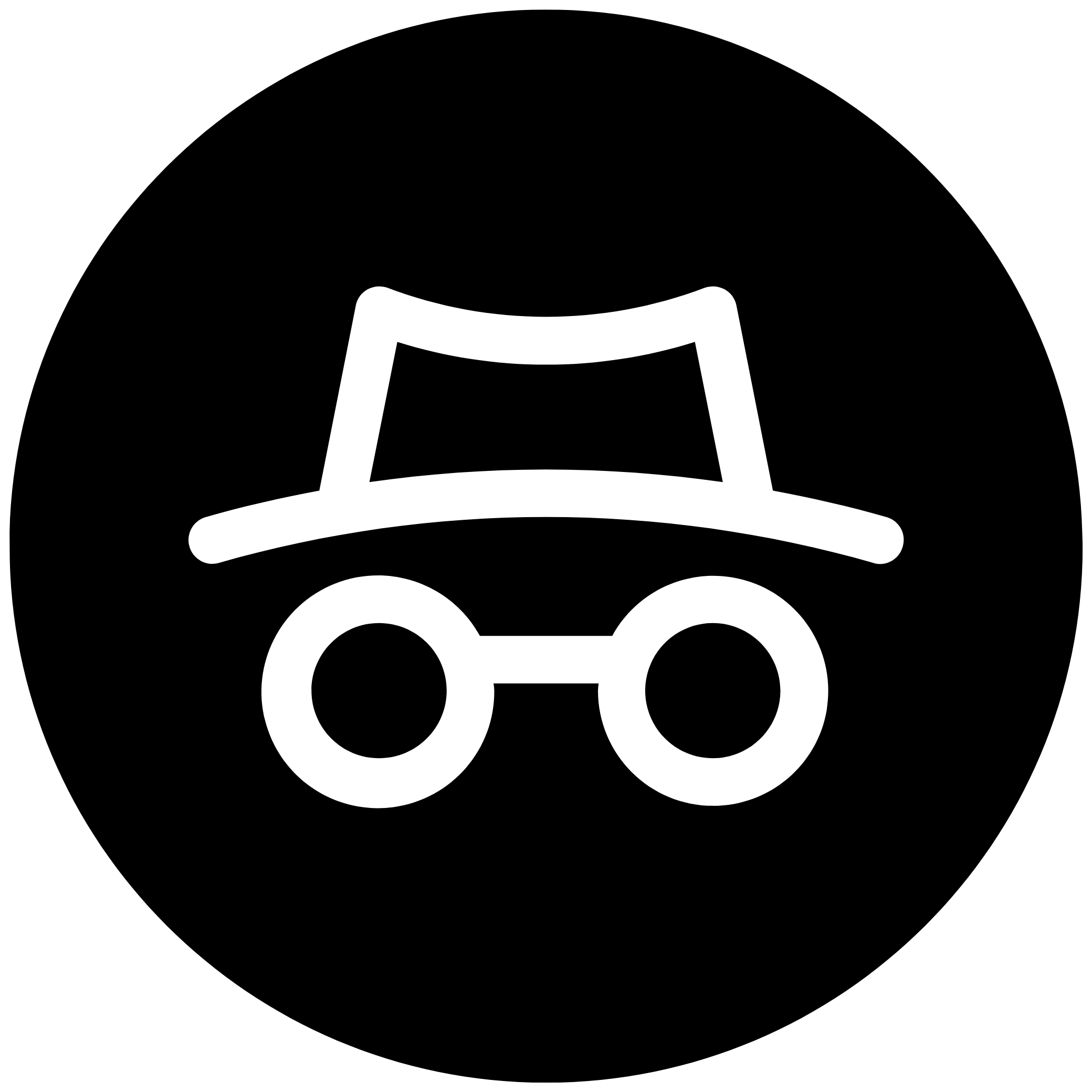“I had a fantastic experience at Issaquah High School. … I wouldn’t trade it,” Brian Yorkey, Class of 1989, said recently. The Pulitzer Prize-winning writer/director had just finished directing “Jesus Christ Superstar” at the Village Theatre. “I was an IMS kid, an IJHS kid, and this was my town,” he said. “My best friends from high school are still my best friends, though we’ve scattered around the globe. I’m still in touch with a number of my teachers.”
Many IHS graduates have felt this way about their high school in the 100 years since the first class graduated in 1911. Many of their memories have also reflected the evolution of Issaquah from a quiet rural community to a sophisticated small city.
Mabel Ek, Olive Gibson and Mary Gibson were the 1911 graduates. Ek went back to her high school to attend the Homecoming Assembly every year until the mid-1980s.
She is famously remembered for performing in “The Merchant of Venice,” her school play. “We (even) took a handcar at the Issaquah railroad depot and went to Redmond and Kirkland to put on that play!”
Issaquah High was a small school for many years.
“We were about 16 in my class, I think, counting girls and boys all together,” said Walt Seil, ‘41.
Teachers and students were close.
“George Morgan was an algebra teacher and coach. He was a good friend of mine. He retired and moved to Olympia and every summer for 16 years, Olga and I, after I retired, we went south and stopped to see George Morgan.”
Donna Pedegana Arndt, ’48, remembered fewer than 60 in her graduating class. Graduates in 1956 numbered 80.
Dick Campbell’s Class of 1965 numbered 255. He became a teacher, coach and principal himself.
“I believe it was due to the mentorship” of IHS teachers,” he said. “From my experience, our football coach, Mr. Nowadnick, [and the] teachers, great people, were all very kid [oriented] individuals.”
Competitive sports always created IHS solidarity. However, there were a few drawbacks.
Minnie Schomber, ’14, said that girls basketball practice consisted of scrimmages against the boys, using boys’ rules.
“We got roughed up plenty! Of course, you couldn’t show bare legs,” so the uniforms were bloomers with long black stockings and middy blouses.
“(One year)I shot my hand so I couldn’t play ball anymore, so I drove the school bus so Coach Morgan could teach,” recalls Walt Seil.
In 1966, 270 graduated. Marilyn Boyden, ’66, remembered the “close-knit atmosphere. We knew who all the kids were.”
The school’s major emphasis was on preparing everyone for college. Boyden belonged to the Future Teachers of America and substituted in a class at May Valley Elementary.
“I had a good time, but it was exhausting,” she said.
A number of her classmates were drafted and went to Vietnam.
“Sadly, we lost three from Issaquah in that war. … We had three students that I remember ‘integrating’ our school. A couple of foreign exchange students in my senior year were welcomed very warmly by the community.”
When 509 graduated in 1976, Issaquah High was overcrowded, said Erica Sargeant, ’80. Portables, “we called them permanent temporaries,” were added.
When Liberty High was built, that pressure eased. Sargeant’s IHS class size was 211, “and all but one graduated!”
Using the IBM Selectric typewriter was taught in business classes. A computer lab had six stations. In 1984, when her brother Todd Sargeant, ’84, was at IHS, he took a course in BASIC programming, taught on TRS80 computers using floppy disks.
Joanna Cerar, ’92, said her school was “full, but not crowded.” Additional classrooms were added and the commons rebuilt. She didn’t know everyone, but there were “lots of friends and groups.”
A favorite memory was obtaining a cassette tape of the 1991 Nirvana album, “Bleach.” She also remembered lattes you could take to class, football games “in the cold,” and no student access to the Internet, but librarians who were willing to look things up for you. “It was a good school with good teachers, with emphasis on the college-bound.”
Yorkey was ASB president at IHS and knew “almost everyone.” His was “a pretty close class of somewhere around 350. “Cool kids in our class did drama as well as sports.” Girls soccer “won state one year and that was hugely exciting. My junior year, the all-school production of Oklahoma made more money in ticket sales than the football team, which was fun. (The football team was not having its best year.)”
“And I went to a pretty tough private university with lots of smart people, but found that I was pretty damn well prepared by my public school out there in Issaquah.”
This fall, the latest, extensive remodel of Issaquah High School will be dedicated, with a second 100 years of memories to follow.
Joan Newman is an IHM docent. Sources include Issaquah High School by Joe Peterson; Preserving the Stories of Issaquah, edited by the Issaquah History Museums; and Issaquah’s Oral History Video Project (DVD) by the Museums and the City of Issaquah’s TV 21/61.

Minnie Schomber (at left), Class of 1941, shows the armband she earned by lettering in basketball at Issaquah High School.
Issaquah History Museums

